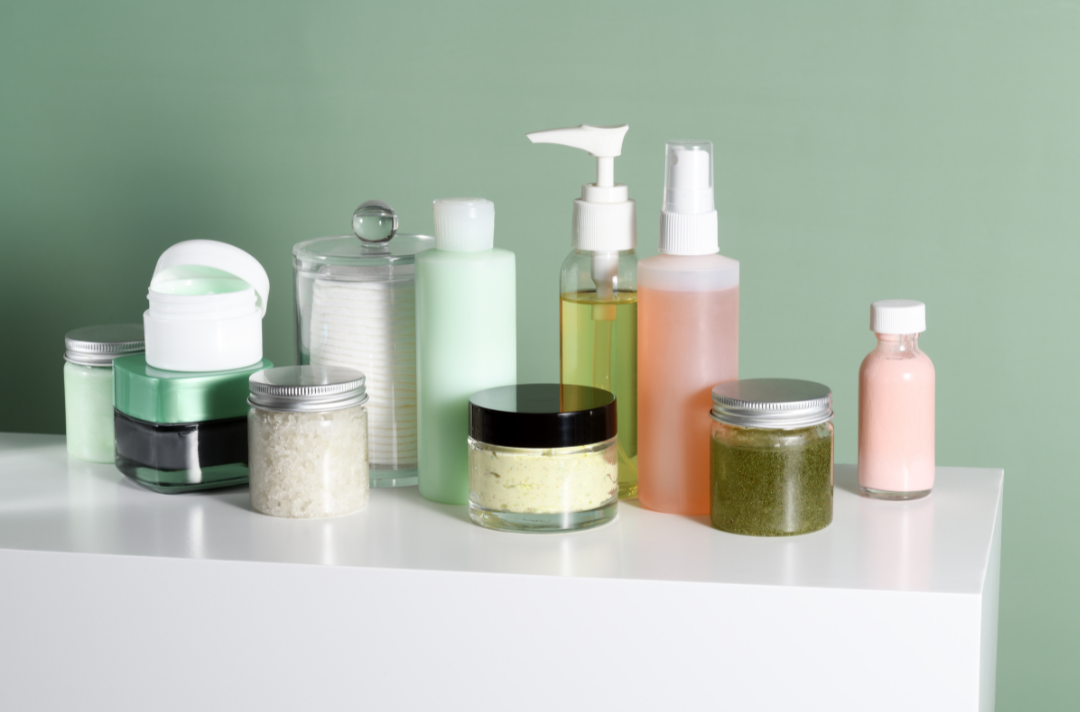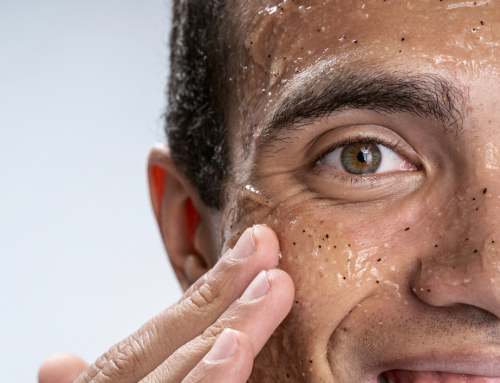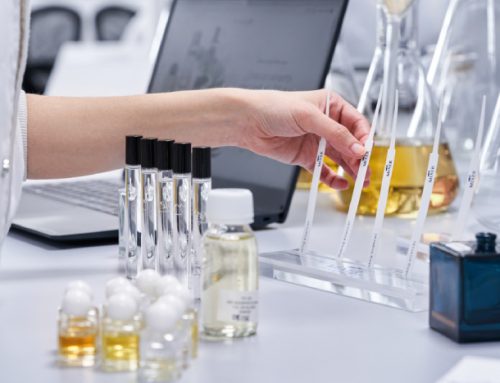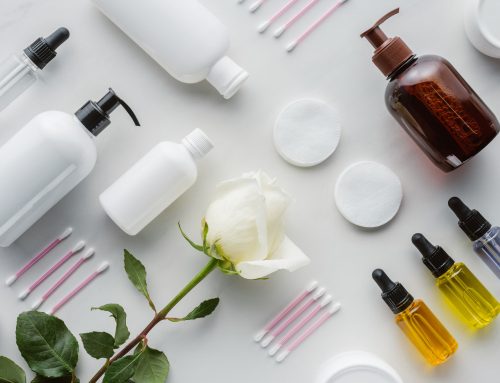Creating a Successful Cosmetics Line: From Concept to Market
Creating a successful cosmetics line involves much more than a good idea or attractive packaging. It’s a comprehensive and well-structured process, where every decision, from market research to product development, must align with a clear business strategy. Having an eye-catching concept or striking design isn’t enough; you need to understand the competitive environment, consumer needs, and regulatory requirements for each target market.
Success in cosmetics requires combining creativity with analysis, and passion with technical knowledge. The strongest brands are those that translate their value proposition into functional, safe, and desirable products, supported by an authentic narrative. Therefore, strategic planning must be present at every stage: from product conception to point-of-sale positioning.
In this article, we’ll explore step by step how to bring a cosmetics brand to life from scratch, with a success-oriented vision, prioritizing coherence between formulation, design, marketing, and customer experience. If you’re considering launching your own product line, this guide will provide you with the necessary foundation to build a solid, competitive business with long-term growth potential.
Identifying Business Opportunities in Today’s Cosmetics Sector
Market Analysis and Profitable Niche Detection
The first step in creating a strategic cosmetics line is analyzing the market. This involves studying current trends, consumer behavior, and existing offerings. Some of the fastest-growing niches in recent years include:
- Personalized cosmetics
- Vegan and cruelty-free products
- Natural and sustainable ingredient formulations
- Cosmetics for sensitive skin or specific conditions
Using tools like Google Trends, consumer surveys, and industry market studies helps validate ideas and discover market gaps. It’s also advisable to analyze annual reports from industry associations, such as Stanpa in Spain or Mintel and Euromonitor internationally, which provide specific data on consumption habits and category trends.
Exploring specialized trade shows like In-Cosmetics Global or Cosmoprof is also key to detecting innovations in ingredients, formats, and packaging. There, you can identify pioneering suppliers and assess industry direction.
The Importance of Benchmarking
Competitive benchmarking is essential. Observing successful brands within your segment of interest can provide valuable insights for building a differentiated value proposition.
Studying how they communicate their values, what ingredients they use, which claims they highlight, and how they present their products helps anticipate consumer expectations and find unique positioning opportunities.
Additionally, competitive environment analysis should consider:
- Market size for each category
- Compound Annual Growth Rate (CAGR)
- Entry barriers: certifications, minimum investment, regulations
- Presence of global vs. local brands
Demand Analysis and Consumer Profile
Understanding what consumers truly want is crucial. Purchase decisions are increasingly motivated by personal values such as environmental responsibility, animal welfare, and transparency. Creating detailed buyer personas allows you to connect emotionally with your ideal customer. Analyzing aspects like age, lifestyle, socioeconomic level, skin concerns, and digital behavior is key to designing a product that meets real needs.
Key indicators to evaluate:
- Highest-volume categories (e.g., skincare vs. haircare)
- Preferred formats (dropper, tube, stick, etc.)
- Fragrance and texture preferences
- Brand loyalty levels
- Interest in multifunctional products
- Knowledge of active ingredients
- Common purchase channels (pharmacy, e-commerce, retail stores)
A winning strategy emerges from the intersection of unmet demand and clear response capability. Therefore, identifying an uncovered niche and responding with a differentiated, coherent offering can make the difference between being just another brand and becoming a market leader.

What Should a Product Brief Include for a Cosmetic Laboratory
A clear and detailed product brief is an indispensable tool when working with an OEM (Original Equipment Manufacturer) cosmetic laboratory. This document precisely communicates the client’s needs, facilitating the development of the ideal product.
Essential Elements of an Effective Brief
- Product concept: Type of product (facial cream, serum, shampoo, etc.), expected benefits, and unique selling points.
- Target audience: Age, gender, skin type, lifestyle, and personal values.
- Key active ingredients and claims: Desired ingredients (e.g., hyaluronic acid, vitamin C, CBD), properties, and commercial claims.
- Texture, color, and fragrance: Specific sensory expectations.
- Restrictions: Ingredients to avoid, required certifications (e.g., ECOCERT, COSMOS, vegan).
- Regulatory requirements: Based on the target market’s legal framework.
- Packaging: Desired packaging format, materials, and finishes.
- MOQ and budget: Estimated production volumes and budget range.
- Complementary product line: Future product expansions or full product families.
- Visual references or benchmarks: Examples of other products with similar aesthetics or functionality.
- Value proposition: What sets the product apart from competitors.
- Planned distribution channels: Brick-and-mortar stores, e-commerce, marketplaces, etc.
Including these points not only accelerates the development process but also avoids misunderstandings that can cause delays or costly revisions.
Key Phases in Product Development with an OEM Laboratory
Working with an OEM laboratory is both a technical and strategic collaboration. Below are the critical phases that ensure a successful development process.
1. Concept Ideation and Selection
Based on the product brief, the laboratory evaluates the technical feasibility of the proposal. Adjustments may be suggested to meet performance targets, ingredient compatibility, or regulatory compliance. The product’s positioning strategy and desired effects guide the development approach.
2. Formulation Development and Testing
Cosmetic chemists work on multiple prototype versions to evaluate:
- Physicochemical stability
- Packaging compatibility
- Dermatological safety
- Efficacy of active ingredients
Additional tests may include:
- In vitro analysis
- Clinical trials
- Instrumental studies to validate marketing claims
Best Practices:
- Define clear milestones for each formulation cycle
- Maintain thorough documentation of client feedback
- Ensure compliance with applicable regulations from the beginning
3. Prototyping and Sensory Validation
Prototype samples are submitted to the client for evaluation. Feedback is gathered on:
- Texture
- Fragrance
- Absorption rate
- Visual appearance
Consumer panel testing is highly recommended to validate market readiness and fine-tune sensory characteristics before full-scale launch.
4. Regulatory Testing and Technical Dossier
The laboratory is responsible for ensuring that the cosmetic product complies with relevant laws (e.g., EU Regulation No 1223/2009). This includes:
- Safety assessment by a qualified toxicologist
- CPNP notification (for EU markets)
- Complete Product Information File (PIF)
- Compliant labeling and claims review
5. Industrial Scale-up and Quality Control
Once the final formulation is approved, production shifts to industrial scale. Each batch undergoes strict quality assurance checks:
- Accelerated stability testing
- Microbiological analysis
- Raw material traceability
- Visual inspection of primary and secondary packaging
6. Packaging, Labeling, and Logistics
The laboratory handles filling, sealing, label application, and final boxing. Many OEMs also offer logistical support for local or international shipping.
Benefits of Full-Service OEM Partners:
- Smoother inventory planning
- Fewer operational errors
- Supply chain optimization
Partnering with a comprehensive OEM laboratory enables faster go-to-market execution and ensures product excellence at every step.
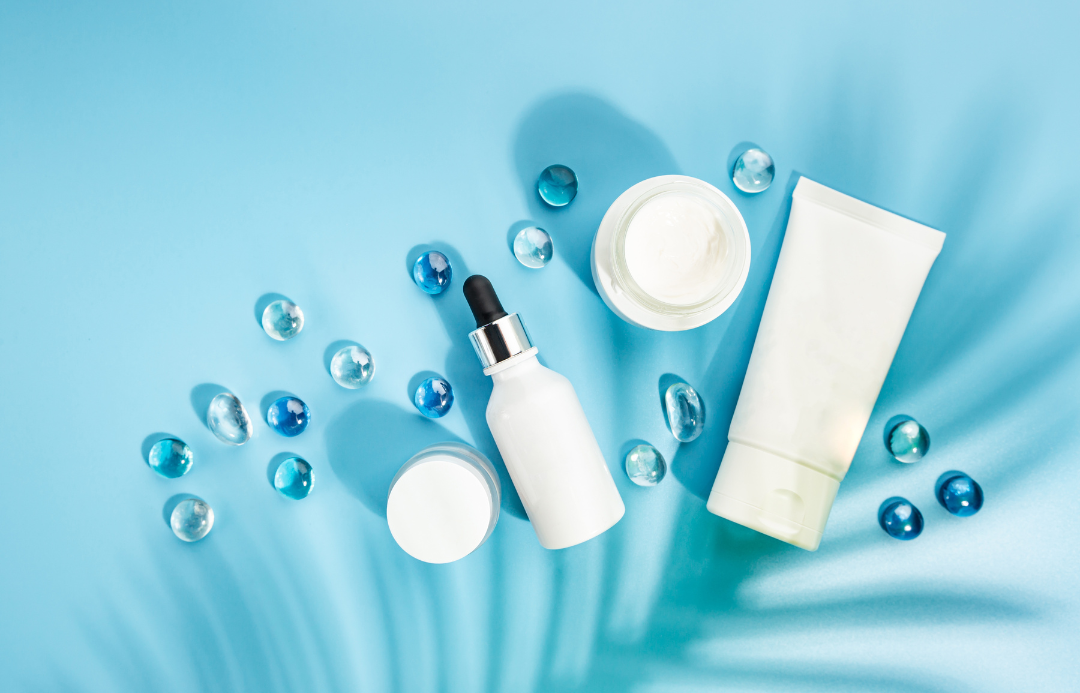
How to Achieve Coherence Between Formulation, Packaging, and Branding
One of the biggest mistakes in developing a cosmetic brand is working on these three pillars in isolation. Coherence between formulation, packaging, and visual communication is essential to achieving a strong and recognizable identity in the market. A successful brand conveys a unified message from the product’s sensory experience to its presence on the shelf or in the online store.
Synchronizing Sensory and Visual Identity
If the brand focuses on nature, both ingredients and sustainable packaging must communicate that philosophy. An eco-friendly design, earthy colors, and recyclable materials reinforce the environmental commitment.
For a premium brand, texture and fragrance should be sophisticated, as should the packaging design. Metallic finishes, frosted glass, or gold details can elevate the product’s perception.
For younger audiences, you can opt for a disruptive, cheerful, and colorful visual language without neglecting product functionality. Practical, ergonomic packaging with pop aesthetics can be key to capturing attention.
Aligning these aspects with the ideal consumer profile enhances differentiation and emotional connection with the audience.
Branding and Product Storytelling
Each product must tell a coherent story: from the name and benefits communicated on the packaging to the colors and typography. This reinforces market positioning.
Effective branding goes beyond the logo. It includes tone of voice, graphic style, brand values, and key messages that must be present across all touchpoints: packaging, social media, website, promotional materials, and after-sales service.
Investing in a solid storytelling strategy generates greater emotional identification with the consumer. Visual and textual content must follow a unified narrative: what the product solves, who it’s for, and why it’s different.
Example:
- An antioxidant serum can be positioned as “your daily shield against urban stress,” with minimalist aesthetics and technical yet accessible language.
- A body cream can convey emotional well-being, with soft tones, an enveloping fragrance, and a narrative linked to self-care.
Co-creation with Experts
The guidance of branding, design, and formulation experts ensures that all creative decisions align with the overall brand strategy. Each visual and functional element must be validated collectively to avoid contradictions in consumer perception.
Having a creative agency working hand in hand with the laboratory from the start accelerates concept validation and ensures coherence between what is formulated and what is communicated.
Additionally, conducting co-creation sessions with target consumers can be a valuable resource. These collaborative sessions allow for product refinement before launch, incorporating direct feedback on expectations, perceptions, and user experiences.
A brand that maintains narrative and sensory coherence across time and channels builds trust, recognition, and long-term loyalty.
Launch and Growth: Post-Development Strategies
Once the product is ready, the work isn’t over. Commercial success will depend on a well-planned launch strategy and solid brand building over time. This is the moment to translate all previous work into a memorable brand experience that connects with consumers and ensures sustainable results.
Omnichannel Strategy
Define whether the product will be distributed via e-commerce, marketplaces, pharmacies, specialty beauty retailers, or direct sales. Each channel requires a tailored strategy for pricing, communication, and logistics. The choice of channel directly influences the message, product presentation, and profit margins. It’s also important to consider strategic alliances with distributors or platforms that already have an established presence in the chosen niche.
Key Recommendations:
- Adapt packaging and labeling according to each channel’s logistical requirements.
- Establish margins consistent with product positioning.
- Consider launching limited or channel-exclusive editions.
Promotion and Visibility
Introducing a new product involves much more than just social media posting. It’s essential to design a multi-format visibility plan that spans from digital media to in-person activities.
- Paid media campaigns (Google Ads, Meta Ads)
- Influencers and brand ambassadors aligned with brand values
- Online or in-person launch events for press, distributors, and influencers
- Strategic sampling with press or dermatologists
- Public relations with specialized beauty and health media
- User testimonials and real use cases validated with visual evidence (before and after)
- Content marketing: blogs, how-to videos, usage guides, expert interviews
Community Management and Feedback
Post-launch consumer feedback is essential for optimizing offerings and building loyalty. Reviews, returns, and data analysis enable improvements in future product iterations. This stage must be integrated with customer service and digital marketing teams.
- Create digital interaction spaces (such as surveys, forums, or live chats)
- Promote user-generated content (UGC) that reinforces social validation
- Activate exclusive promotions for frequent customers
- Implement scalable loyalty programs with rewards
- Measure customer satisfaction through NPS (Net Promoter Score)
An engaged community not only generates recurring sales but also acts as brand ambassadors.
Growth Planning
Evaluating initial performance enables informed decisions about new launches, line extensions, internationalization, or reformulations. An agile, data-driven approach will allow the brand to evolve in a dynamic market.
- Analyze key KPIs: repurchase rate, CAC (customer acquisition cost), conversion rate, average reviews
- Use business intelligence tools to detect behavioral patterns and opportunities
- Consider collaborations with other brands or related sectors
- Design an innovation roadmap to anticipate trends
Growth planning should not be reactive, but visionary. A brand that adapts and evolves with its consumers ensures long-term relevance.
Conclusion
Creating a cosmetic line strategically requires a multidisciplinary approach, rigorous planning, and collaboration with industry professionals. At MS Lab, we offer emerging and established brands our knowledge, infrastructure, and experience to bring ideas to market successfully. Because a great product is born from a great strategy.
And behind every effective formula, there is a well-constructed vision.

